What is architecture about? It is far more than the art of creating buildings — it’s a reflection of who we are as people and how we live together as a community. From ancient temples to modern skyscrapers, architecture captures the essence of culture, progress, and collective identity.
When we ask what is architecture, we’re really asking how we, as humans, shape the spaces that shape us in return.
1. How Architecture Impacts Society
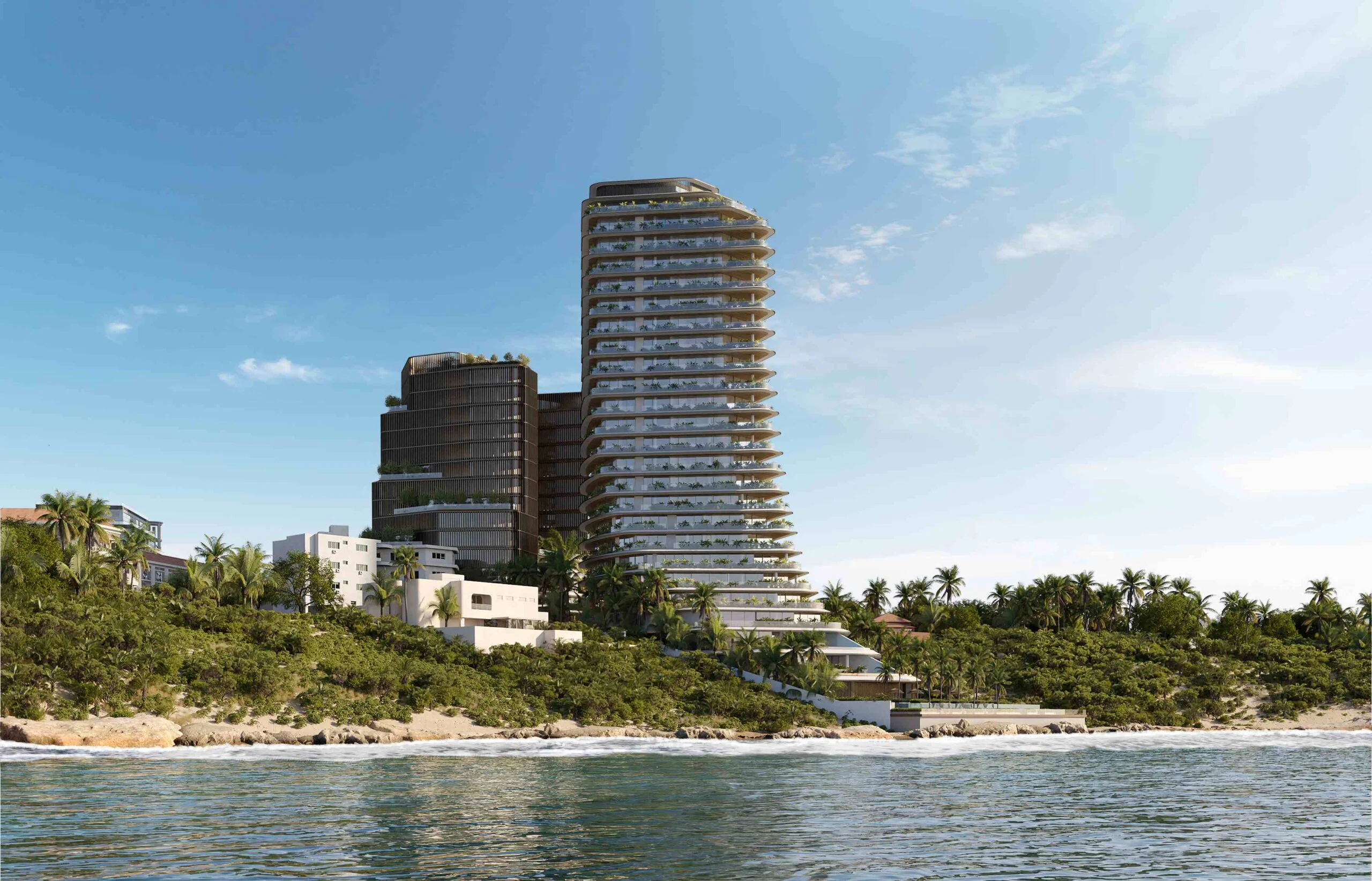
Good architecture has a profound impact on society. It influences how we interact, how we move through cities, and even how we feel. For instance, thoughtfully designed public parks and open squares encourage social connection and a sense of belonging, while poorly designed urban spaces can lead to isolation and disconnection. Every structure, no matter how small, plays a role in the social and cultural environment it belongs to.
Beyond aesthetics, architecture affects health, safety, and sustainability. Buildings that use natural light, green materials, and proper ventilation not only reduce environmental impact but also improve the quality of life for the people inside. In this way, architecture bridges art and function, beauty and purpose — helping create a more livable, inclusive, and resilient world.
2. The Architect’s Role in the Modern World
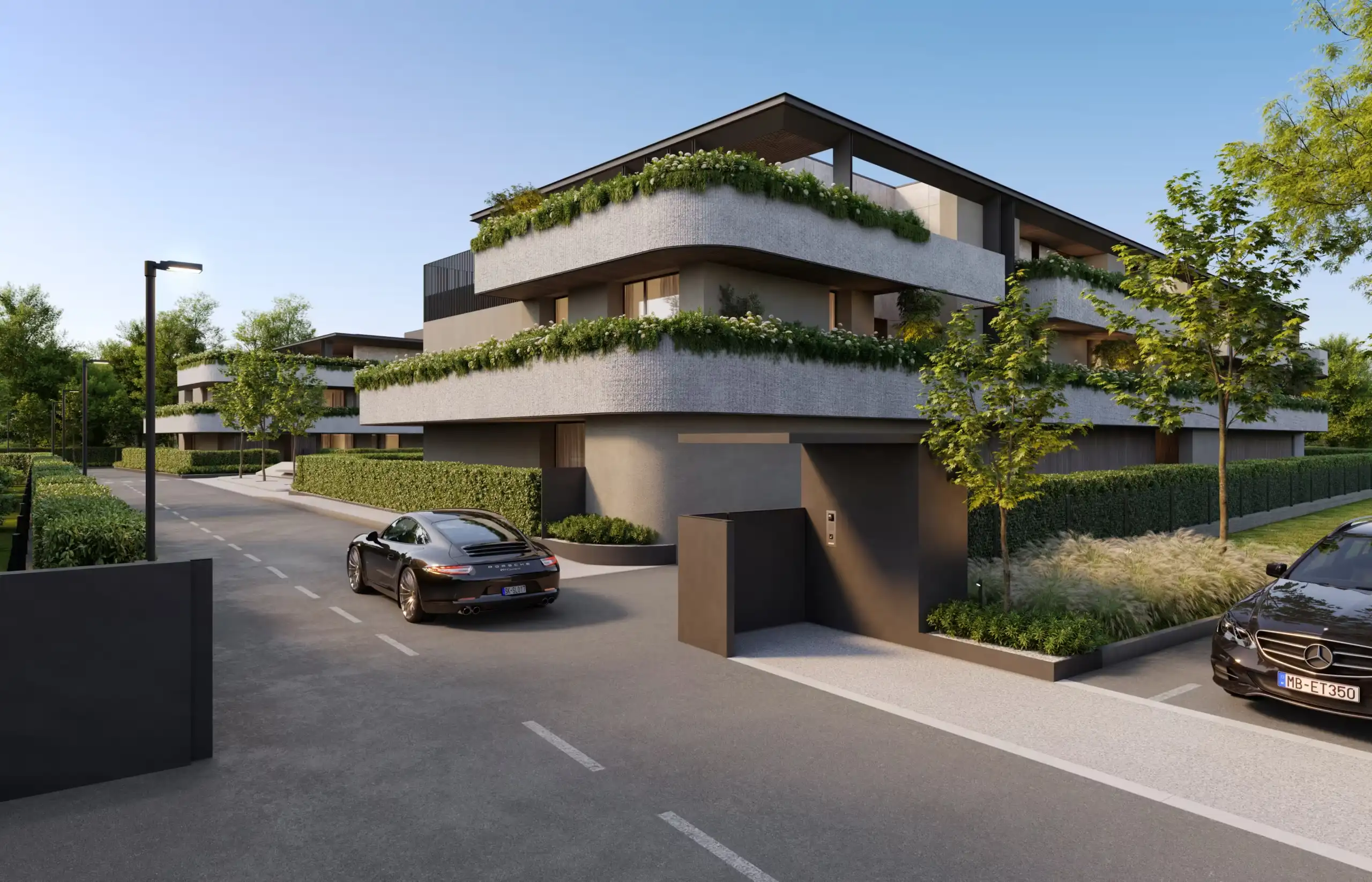
Architects are visionaries who connect imagination with practicality. Their role in the modern world extends far beyond drawing plans — they are problem solvers, innovators, and stewards of the built environment. When we look at what architecture and construction mean today, we see that architects work at the intersection of technology, culture, and sustainability.
Modern architects design spaces that respond to the needs of contemporary life — from high-rise residential complexes to eco-friendly offices and community centers. They think about the impact of architecture not only on functionality but also on emotional and cultural levels. An architect doesn’t simply design a building; they create an experience that connects people with their surroundings.
In our rapidly changing world, architects also play a crucial role in addressing global challenges such as climate change, urbanization, and resource scarcity. Through innovative materials, smart design systems, and sustainable construction techniques, they help cities adapt to modern needs while preserving historical and cultural identity.
3. What Do Architects Do?
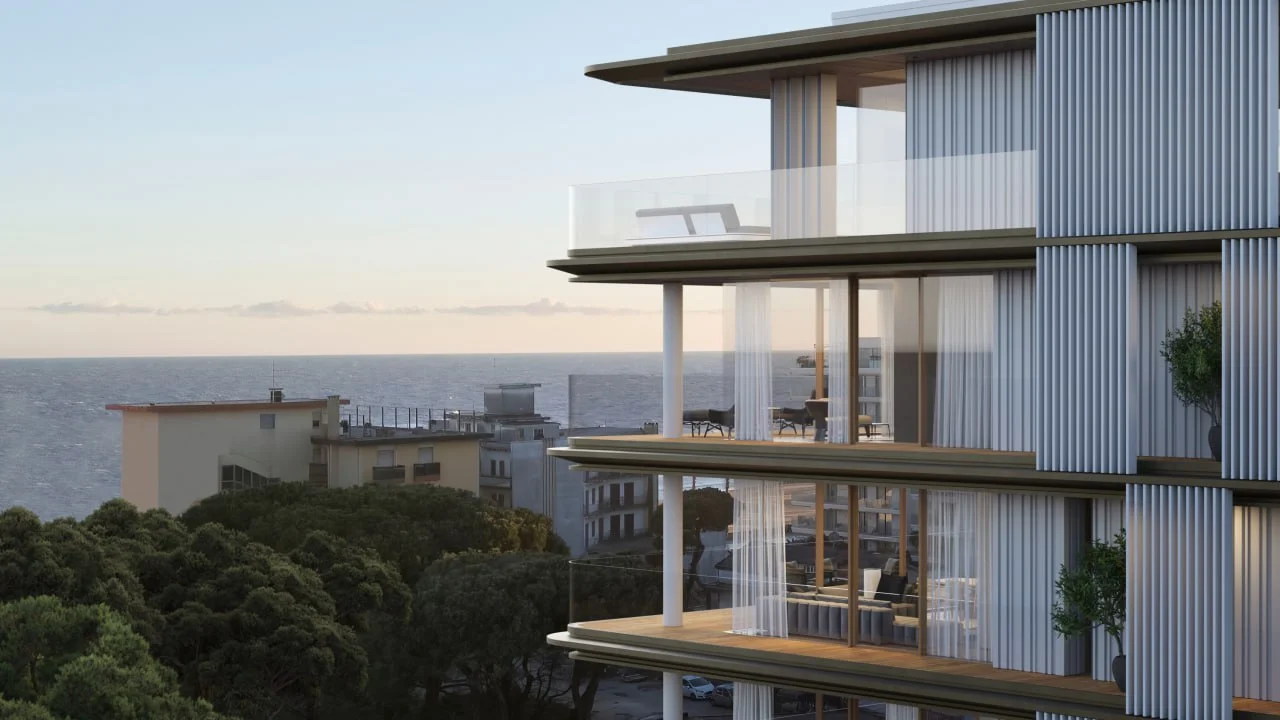
At its core, architecture is about solving problems creatively. So, what do architects do in practice? Their work begins with understanding the client’s needs and vision. They analyze the site, budget, and environmental factors to create a concept that balances aesthetics, practicality, and sustainability.
The architecture design process usually includes several key stages: conceptual design, schematic design, design development, and construction documentation. Throughout these stages, architects work closely with engineers, contractors, and clients to ensure the project meets all requirements — structurally, visually, and functionally.
Architects also act as communicators. They translate abstract ideas into physical structures, coordinating teams and ensuring that every detail aligns with the overall vision. Whether designing a cultural museum, a modern office, or a public park, their goal is to create spaces that improve life for individuals and communities alike.
4. Styles in Architecture
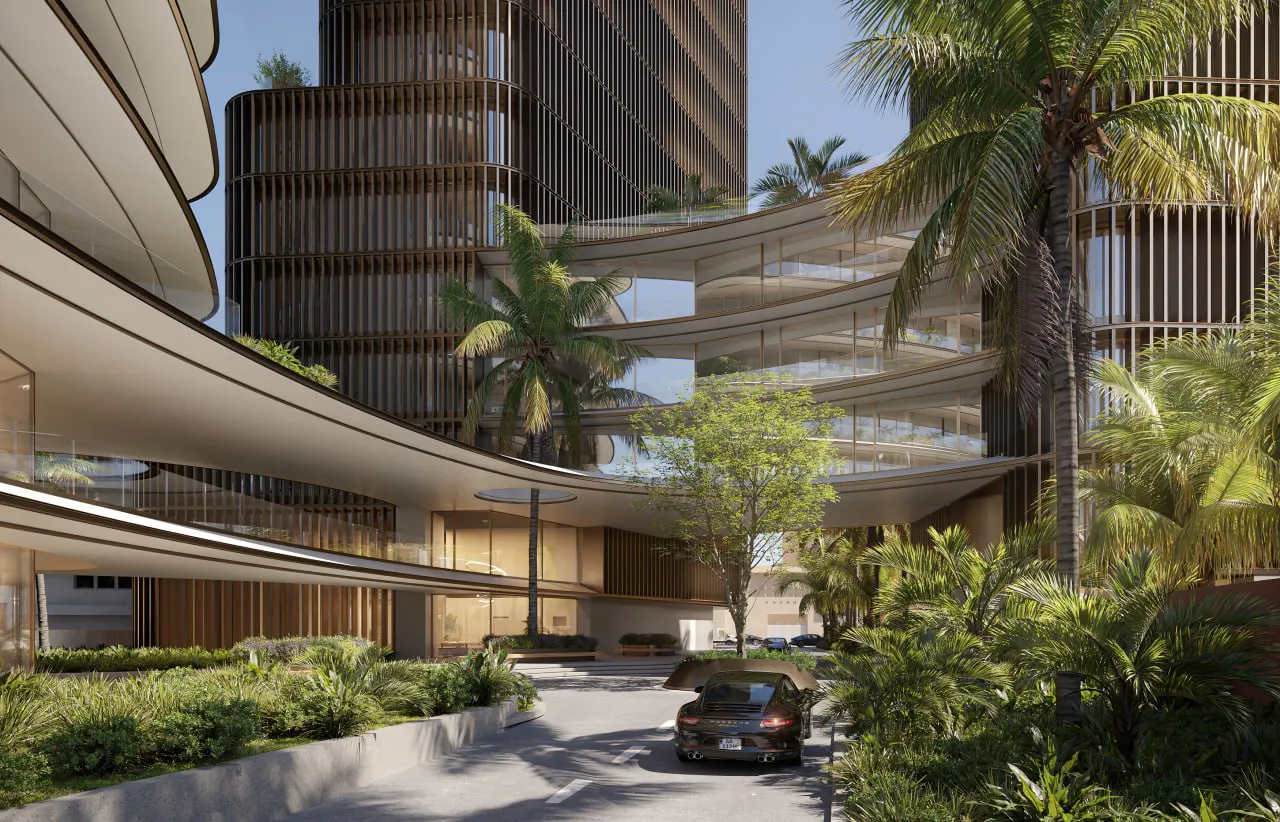
Architecture is an ever-evolving form of art that reflects human creativity, culture, and history. Each style represents a different era, philosophy, or technological development. From the clean lines of Modernism to the ornate details of Gothic cathedrals, every architectural period tells a story about the people and values of its time.
In today’s world, architectural styles often blend. Minimalism meets sustainability, while classical influences merge with futuristic innovation. For example, contemporary architects use materials like glass, steel, and concrete to create open, light-filled spaces that prioritize functionality and connection to nature.
Cultural identity is another important factor. Scandinavian architecture focuses on simplicity and warmth; Japanese design emphasizes harmony and minimalism; Mediterranean buildings highlight natural materials and outdoor living. Despite their differences, all styles share one goal: to shape environments that make human life more meaningful and comfortable.
5. The Importance of Building Design
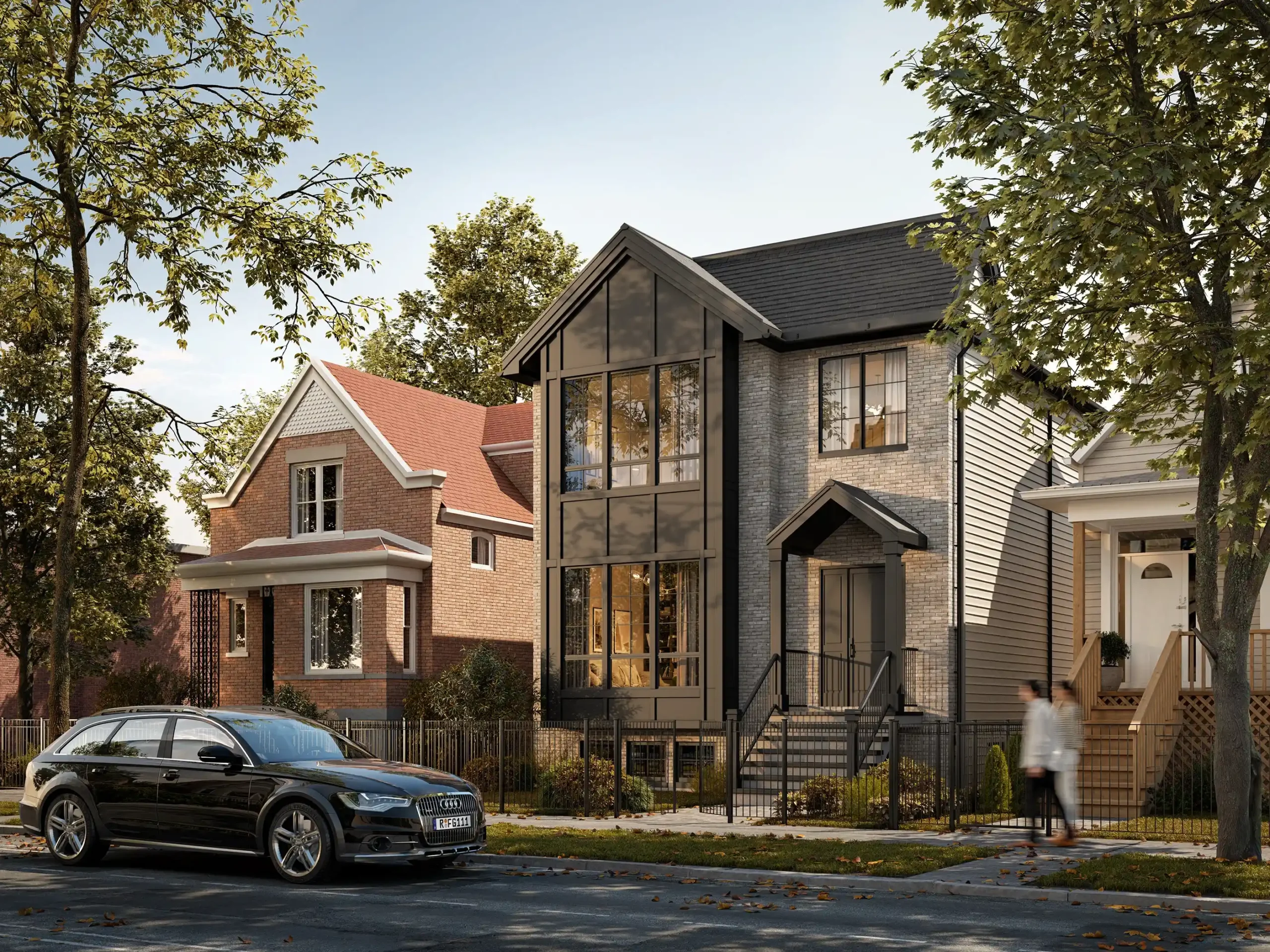
The design of a building is not just about appearance — it’s about purpose, comfort, and efficiency. Well-thought-out building design affects how people live, work, and interact. It considers everything from light and sound to sustainability and accessibility.
Functional building design ensures that a space supports its intended activities, while aesthetic design adds emotional value. Hospitals that incorporate natural light and greenery, for instance, can help patients recover faster. Likewise, schools designed with flexible spaces and outdoor areas foster creativity and learning.
Design also plays a role in environmental responsibility. Architects today are increasingly focused on reducing energy consumption, using renewable materials, and creating structures that coexist with their surroundings. In this sense, architecture becomes a tool for positive change — one that enhances both human well-being and the planet’s health.
6. Stages of the Architecture Process
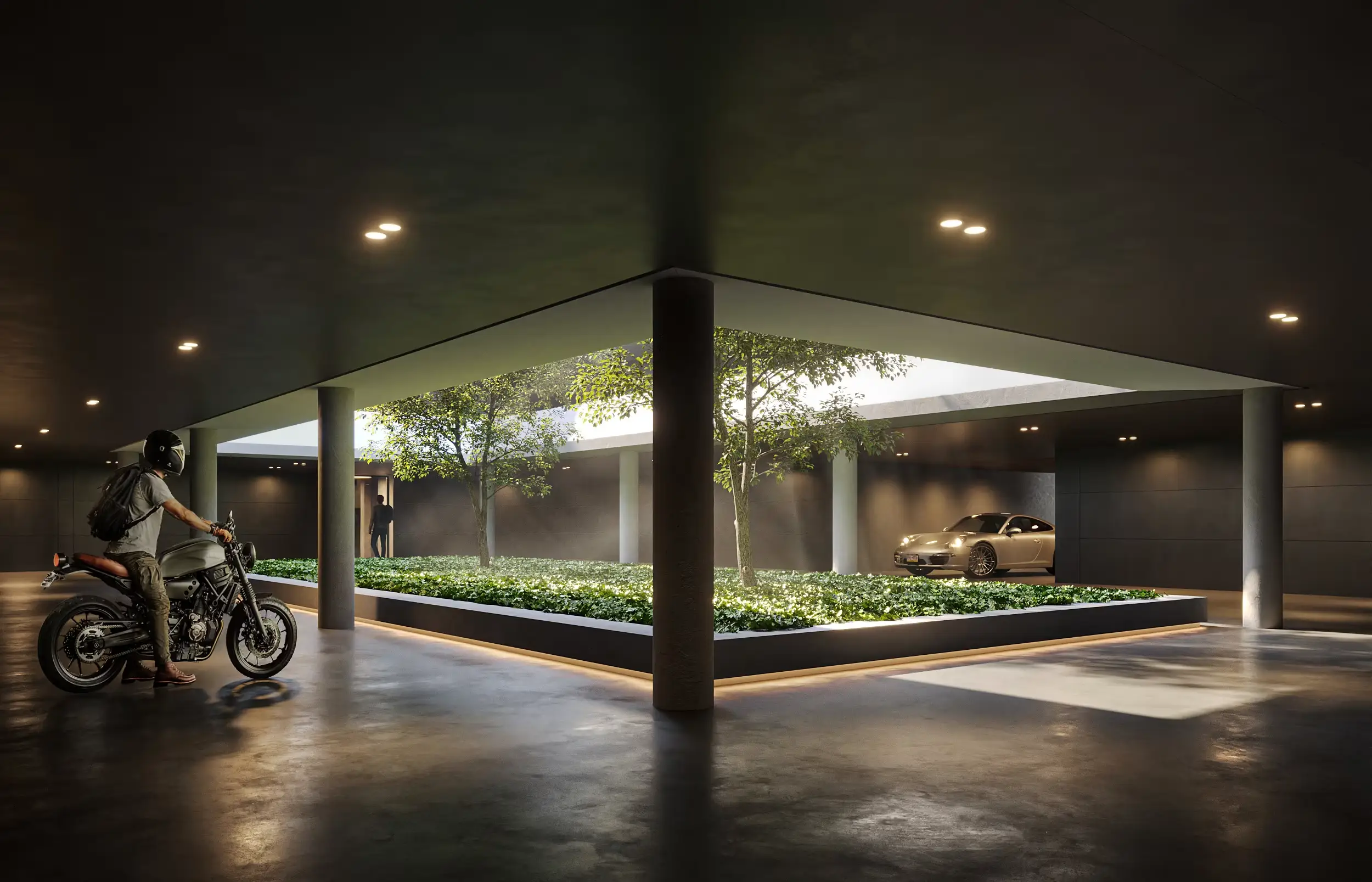
What is architecture design process? Understanding it helps reveal how a simple idea transforms into a functional, physical structure. While every project is unique, most follow a similar path consisting of several main stages:
Conceptual Design – The stage where the architect explores ideas, sketches, and models to find a vision for the project.
Schematic Design – The concept is developed into more detailed plans, considering site conditions, layout, and basic materials.
Design Development – This stage refines the design, integrating structural, mechanical, and environmental systems.
Construction Documents – Detailed technical drawings and specifications are created to guide builders and contractors.
Bidding and Negotiation – The project is offered to contractors for pricing and scheduling.
Construction Administration – The architect oversees the construction to ensure the design is executed correctly.
Each stage demands communication, precision, and creativity. It’s a continuous process of transforming abstract ideas into real, built environments that serve people and communities.
7. The Benefits of Architectural Design Services
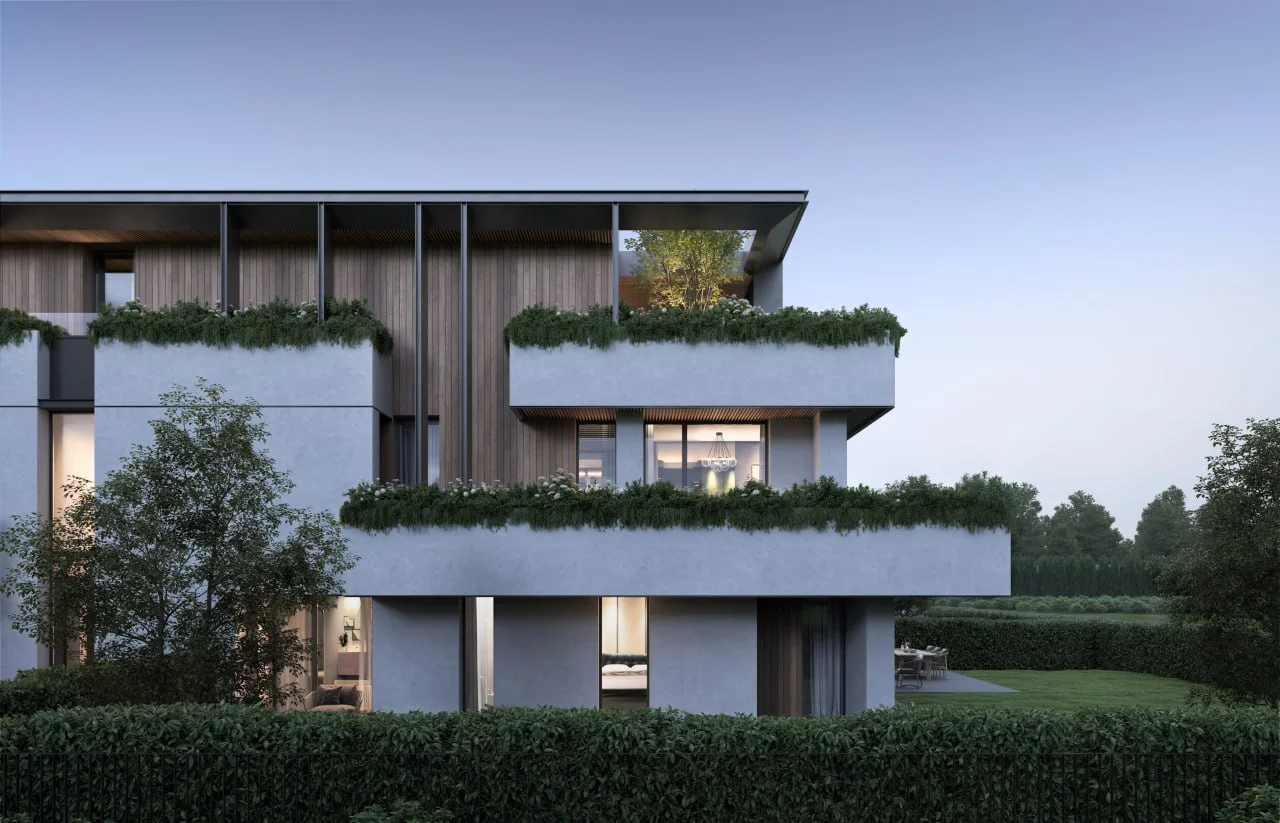
Professional architectural design services offer numerous advantages for clients, communities, and investors. Whether it’s a residential home, commercial complex, or cultural landmark, working with experienced architects ensures the project is safe, functional, and visually inspiring.
Architectural design services help create buildings that are energy-efficient, cost-effective, and adaptable to future needs. They also improve project coordination, ensuring that every decision — from materials to layout — supports long-term sustainability and user comfort.
For business owners and developers, one key advantage lies in commercial architectural rendering services. These high-quality 3D visualizations allow clients to see their projects before construction begins. They help communicate the design vision, attract investors, and make informed decisions early in the process. In a competitive market, realistic architectural renderings are essential tools that bring confidence, clarity, and creativity to every project.
Conclusion
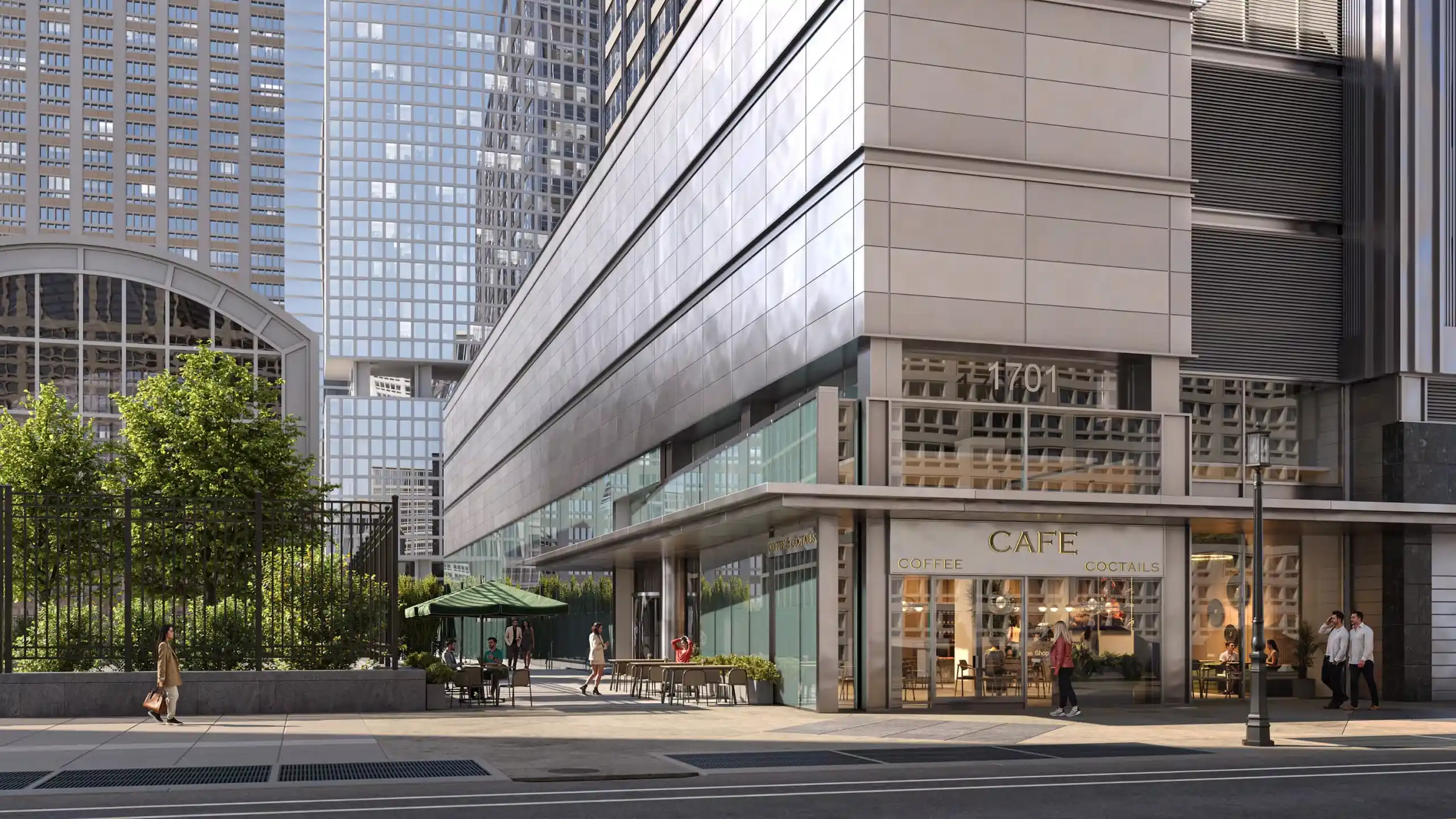
So, what is architecture definition in today’s context? It’s not just the construction of buildings — it’s the art and science of shaping human experience. Architecture connects people, places, and cultures; it defines how we live, work, and dream. It’s a dialogue between creativity and necessity, between vision and reality.
From the smallest space to the largest city, architecture reflects our values and aspirations. It builds the framework for society, influences the environment, and leaves a lasting cultural imprint. In every sense, architecture is not only about structures — it’s about life itself.
Summarize this article with the help of:









